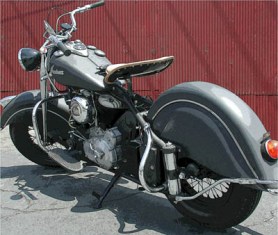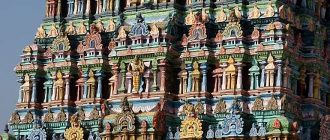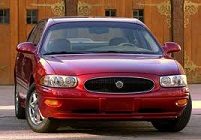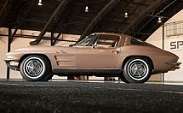The 1947 Indian motorcycle that was on everyone’s mind that year was the Indian Chief. This gorgeous bike with the classic skirted fenders was at the peak of its popularity partly due to postwar optimism. Oddly, the factory declared it obsolete and
During the World War II years, Indian motorcycle production was primarily geared toward the war effort and equipping police departments. Indian motorcycles held a worldwide reputation as dependable, fast, maneuverable bikes that were made to last. Starting in 1940, Indian included the skirted fenders that became a hallmark of the brand. During the war years, mechanics who could fix Indian bikes were very busy. If people couldn’t buy a new Indian, then they certainly wanted to keep their used one in top condition.
One of the hottest new technologies of the 40s was the “handie talkie” for use by motorcycle police to communicate easily over long distance with each other. The size of a ski boot, the handie talkies seriously dwarfed today’s mobile phones. But they were a great breakthrough in technology that went perfectly with the dependable Indian motorcycle as a tool for the police force. The 1940s Indian Motorcycle Company was thriving.
In 1945, the war ended, and the company was sold and named the Torque Engineering Company. Though people couldn’t predict what was to happen, the company would be split into two parts in 1950: the manufacturing arm and the sales arm. This resulted in a trademark dispute that lasted until the end of the 20th century.
The Chief is the iconic 1947 Indian motorcycle. It represents the peak of popularity, style, and engineering of the time, and over the intervening 60-plus years it has become a highly valued collectible bike. One in poor condition – perhaps only salable for parts – could still fetch over $7,000, while ones in excellent condition bring in over $30,000. Some owners of carefully restored 1947 Indian motorcycles (the Chief mostly) have advertised these bikes for sale for over $40,000. Clearly, these bikes are very dear to people’s hearts.
Though there aren’t nearly as many people around who rode 1947 Indian motorcycles new these days, it is easy to see why they were so devoted to them. A real community would grow of Indian enthusiasts in just about every urban area. Indian motorcycle dealers would sometimes set aside special rooms where bike owners could clean or maintain their own bikes and enjoy the camaraderie of others with similar interests. The 1947 Indian motorcycle represented not just great mechanical and aesthetic design, but also a nation with a world war behind it and new communities of people springing up in the emerging postwar boom. It’s no wonder the 1947 Indian motorcycles are so highly valued, and this would only increase after the company was split in 1950.





